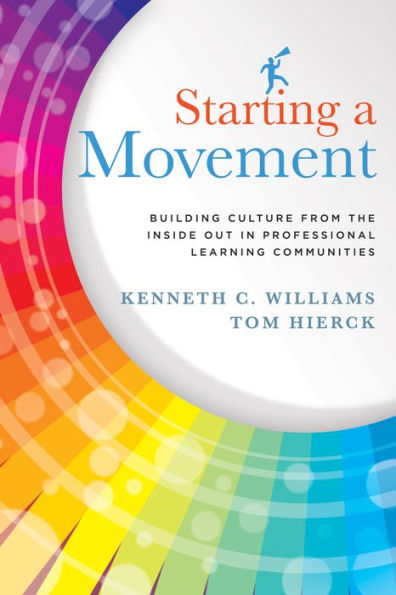Table of Contents
About the Authors xiii
Introduction: Ready, Set, Stall 1
The Foundation of Your PLC 5
Avoiding Mission Drift 5
Why Did You Become an Educator? 6
Building Shared Commitment 8
Believing That All Students Can Learn at High Levels 9
Ensuring That All Students Learn at High Levels 12
About This Book 13
From Stalling to Soaring 15
Chapter 1 Wanted: Leaders at Every Level 17
Building an Effective Guiding Coalition 18
Creating Working Groups Versus Teams 20
Assessing Your Guiding Coalition 21
Going From Efficiency to Advocacy 21
The Shift From Representative to Team Member 23
The Shift From Messenger to Missionary 23
Competencies of Guiding Coalition Members 24
Challenges the Status Quo 25
Builds Trust Through Clear Communications and Expectations 26
Creates a Commonly Owned Plan for Success 26
Focuses on Team Over Self 27
Has a High Sense of Urgency for Change and Sustainable Results 28
Commits to Continuous Self-Improvement 28
Building Your Guiding Coalition 29
Part I Brainstorming Your E. F. Huttons and Evaluating Influencer Competency 32
Part II Reviewing the Leadership Competencies 32
Part III Evaluating Based on the Leadership Competencies 34
Part IV Narrowing Choices and Making Decisions 36
Making Leadership Transformational 36
Creating Consensus for a Culture of Collective Responsibility 38
Questions for Consensus Building 39
Achieving True Commitment 40
Chapter 2 What Is Authentic Alignment? 41
Authentic Alignment 44
Culture Eats Structure for Lunch 46
The Four-Step Process 46
Exploring: The Why 47
Envisioning: The Eye 48
Connecting: The How 49
Integrating: The Now 50
Creating a Culture of Collective Responsibility 51
From Compliance to Collective Responsibility 53
Chapter 3 Exploring: The Why 55
The Problems With Current Approaches to Mission Statements and How to Fix Them 57
Problem 1 Share and Shelve 58
Problem 2 Have All Fluff, and No Stuff 58
Problem 3 T-Shirting 59
Problem 4 Pockets of Excellence 59
Truth in Advertising 60
The Danger of Trying to Be All Things to All People 61
Say One Thing Well: Your School's Mantra 62
Why Only Three to Five Words? 63
How Is a Mantra Different From a Slogan or Tagline? 64
Creating Your Guiding School Mantra: The Tip of the Iceberg 65
School History Map Activity: Where Your School Has Been 66
Assessing Your Current Reality: Where Your School Is Now 70
Define Your Desired Reality: Where Your School Is Going 71
Finding Your Center 76
Chapter 4 Envisioning: The Eye 77
What You Focus on Grows 78
The Untapped Potential of Visioning 81
The Three Levels of Envisioning 84
Level I Inspiration 84
Level II Aspiration 86
Level III Perspiration 87
Bringing Shared Vision to Life 91
Chapter 5 Connecting: The How 93
Creating a Collaborative Culture in a PLC 97
Clearly Defining What Every Student Must Learn 103
Constantly Measuring Effectiveness 108
Systematically Responding When Students Do or Do Not Learn 115
Clarifying Shared Collective Commitments 117
Elevating All Students 121
Chapter 6 Integrating: The Now 125
Reciprocal Accountability 127
Aligning With Collective Commitments and Core Values 128
Critical Issues for Team Consideration 129
Resistance, Reflection, and Rationale 130
Planning and Prioritizing Your Work 136
A School on the Rise: William B. Tecler Arts in Education Magnet School 136
Ensuring Learning for All 142
Chapter 7 Communication: Stories and Celebrations 143
Storytelling Shapes Culture 146
Inviting Engagement and Problem Solving 147
Moving From Polite to Provocative 150
Aligned Celebration 154
Taking Stock 160
Epilogue: Moving From Posters to Practice 161
References and Resources 165
Index 179



